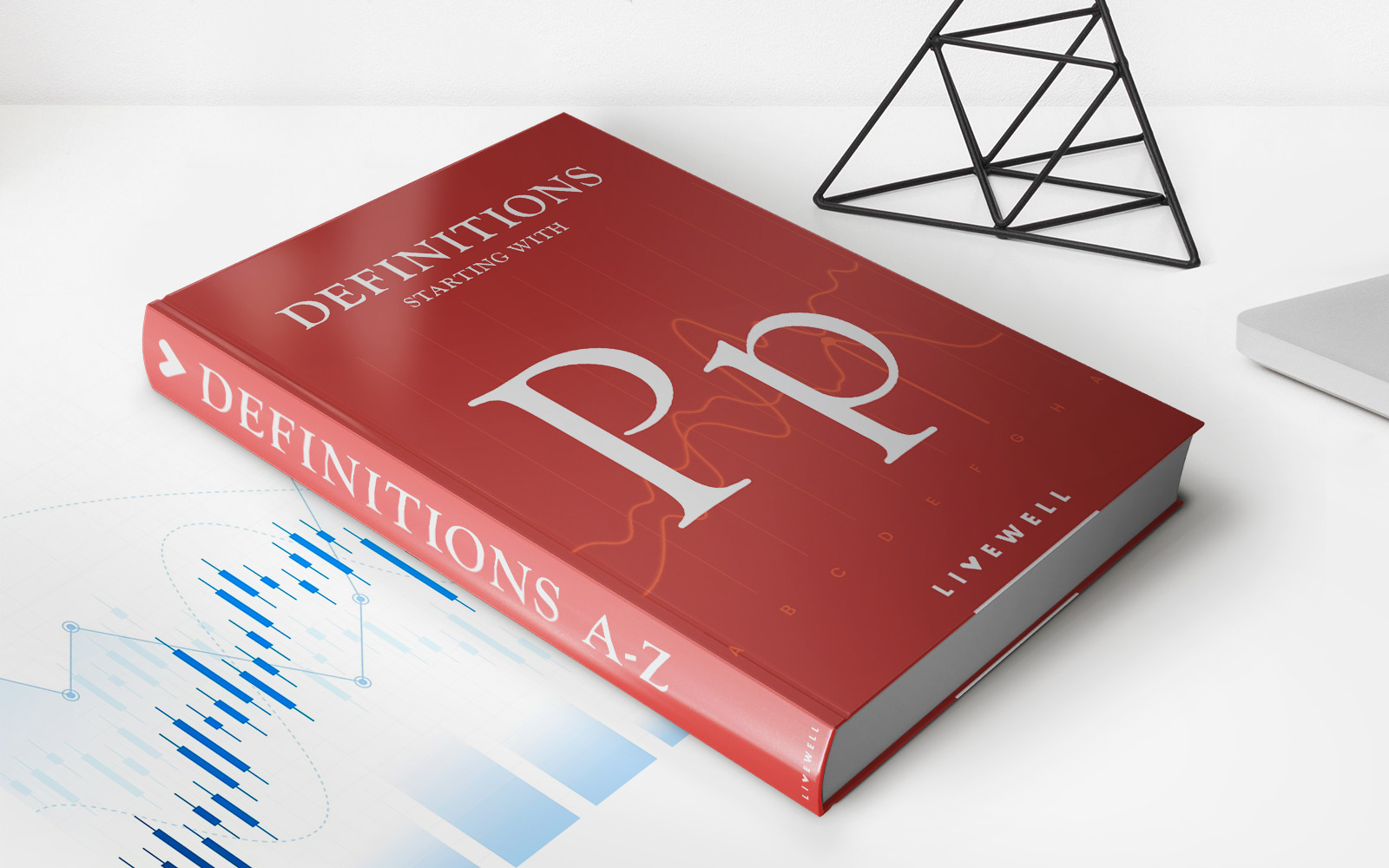Home>Finance>Waiver Of Premium For Payer Benefit: Definition, Value, Example


Finance
Waiver Of Premium For Payer Benefit: Definition, Value, Example
Published: February 17, 2024
Learn about the finance concept of Waiver of Premium for Payer Benefit, its value, and see an example. Discover how this financial provision can protect and empower you.
(Many of the links in this article redirect to a specific reviewed product. Your purchase of these products through affiliate links helps to generate commission for LiveWell, at no extra cost. Learn more)
Understanding Waiver of Premium for Payer Benefit
When it comes to protecting our financial well-being, insurance plays a crucial role. Whether it’s for life, health, or disability, insurance policies offer financial security and peace of mind. In the realm of insurance, a term you may come across is the “Waiver of Premium for Payer Benefit” (WOPP). This feature, often found in life insurance policies, provides added protection and support for individuals facing financial difficulties due to disability or illness. So, what exactly is a Waiver of Premium for Payer Benefit, and why is it valuable?
Key Takeaways:
- Waiver of Premium for Payer Benefit is a feature found in life insurance policies.
- It provides financial protection by waiving premium payments if the policyholder becomes disabled or critically ill.
A Waiver of Premium for Payer Benefit is a provision within an insurance policy that relieves the policyholder from paying premiums if they become disabled or critically ill. Essentially, it ensures that the insurance coverage remains in force even if the policyholder is unable to make premium payments due to their circumstances. This feature acts as a safety net, as it prevents the policy from lapsing when the policyholder needs it the most.
The Value of Waiver of Premium for Payer Benefit
The Waiver of Premium for Payer Benefit offers several valuable advantages for policyholders:
- Financial Protection: With a WOPP, policyholders can have peace of mind knowing that if they experience a disability or critical illness, they will not be burdened with premium payments. The financial strain that often accompanies these circumstances is alleviated, allowing individuals to focus on their recovery and well-being.
- Non-Lapsing Coverage: The WOPP ensures that the insurance coverage remains active, even when the policyholder is unable to pay premiums. This means that the policyholder and their beneficiaries will continue to receive the intended benefits in the event of the policyholder’s death or disability.
- Flexibility: The WOPP provides flexibility for policyholders by allowing them to keep their coverage intact without worrying about financial obligations during challenging times. It ensures that their insurance policy remains a valuable asset when they need it the most.
For example, consider a breadwinner who has taken out a life insurance policy to protect their family’s financial well-being. Unfortunately, a sudden disability leaves them unable to work and struggling to make ends meet. In this scenario, the Waiver of Premium for Payer Benefit would come into play, waiving their premium payments and ensuring that their life insurance coverage remains intact. This allows the policyholder’s family to receive the intended benefits, providing them with much-needed financial support during a difficult time.
In summary, the Waiver of Premium for Payer Benefit is a valuable feature within insurance policies that provides financial protection and support for policyholders facing disability or critical illness. By waiving premium payments, this provision ensures that the coverage remains active and helps alleviate the financial burden during challenging times. So, when considering life insurance or other policies, remember to inquire about the availability and benefits of the Waiver of Premium for Payer Benefit.














